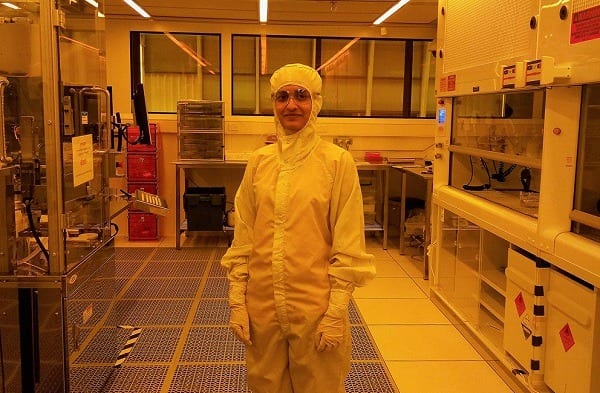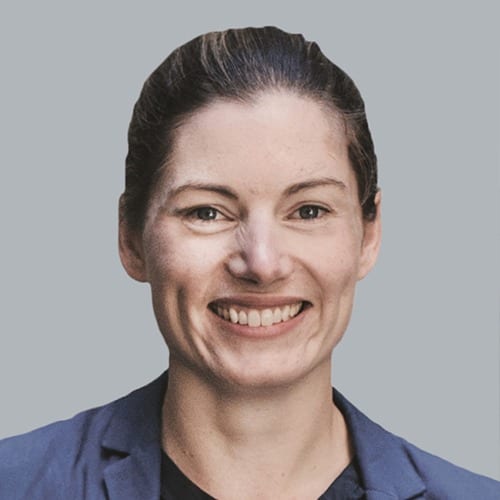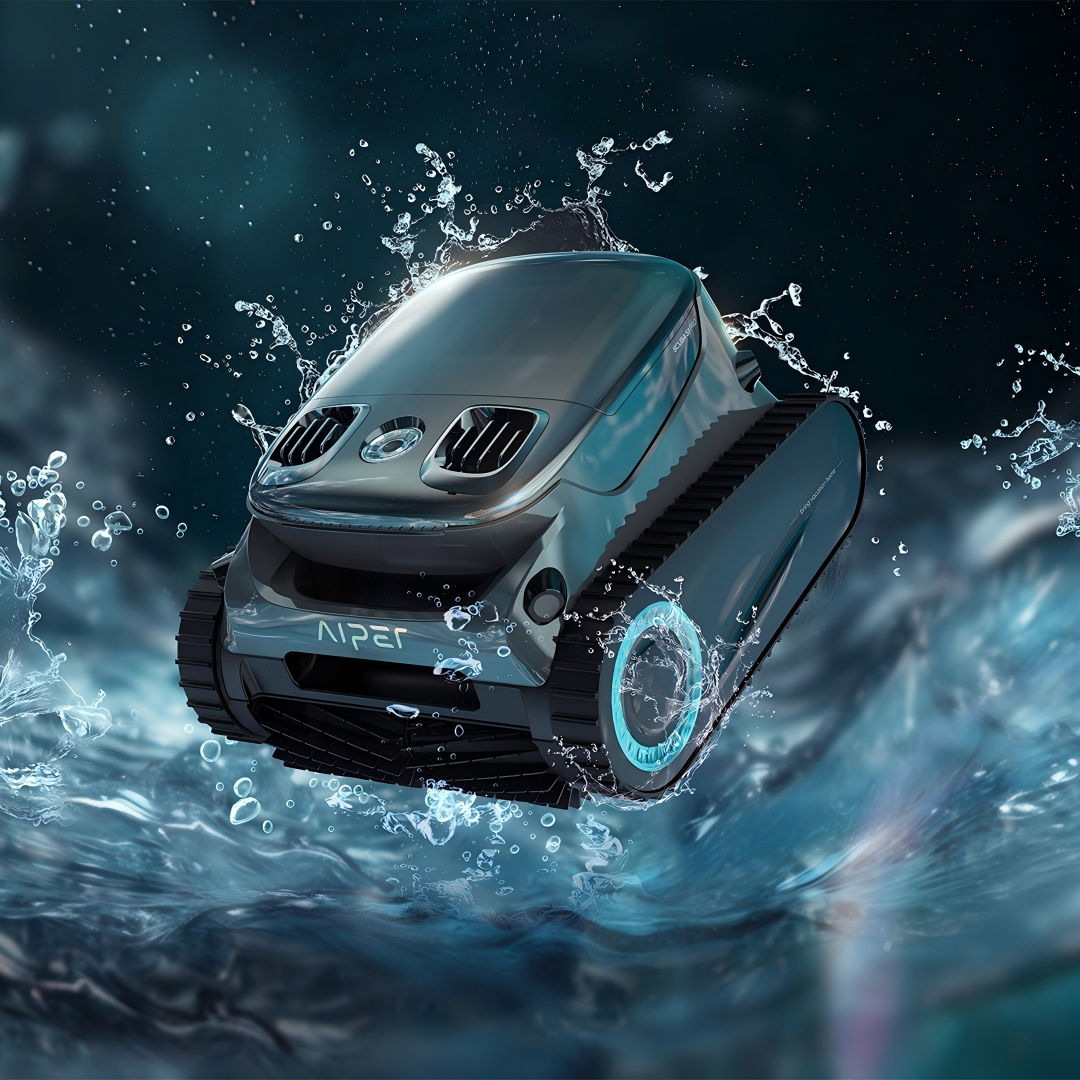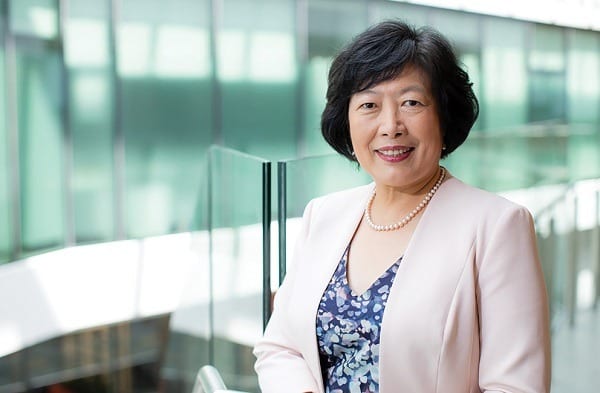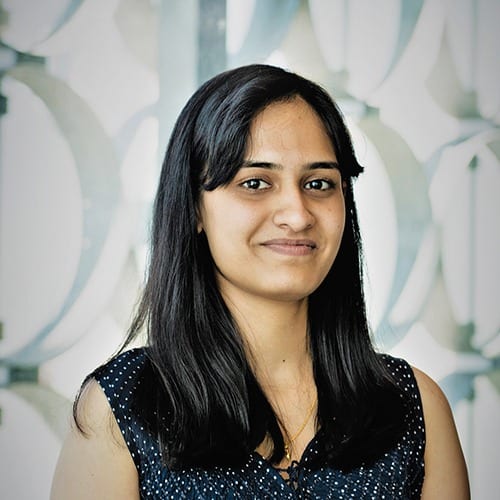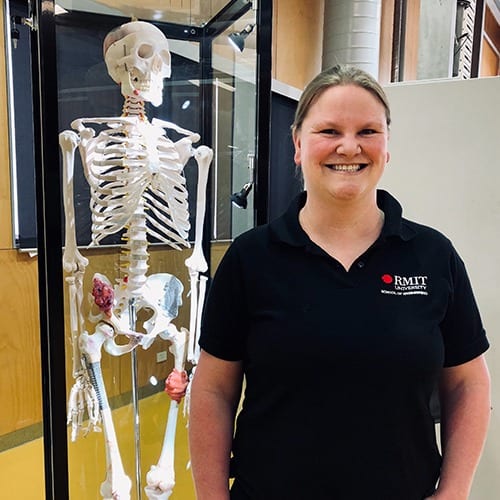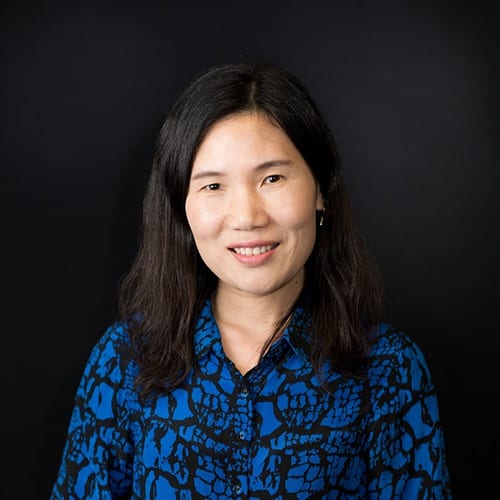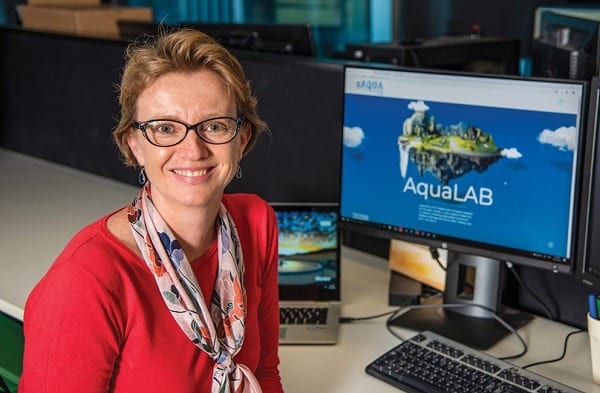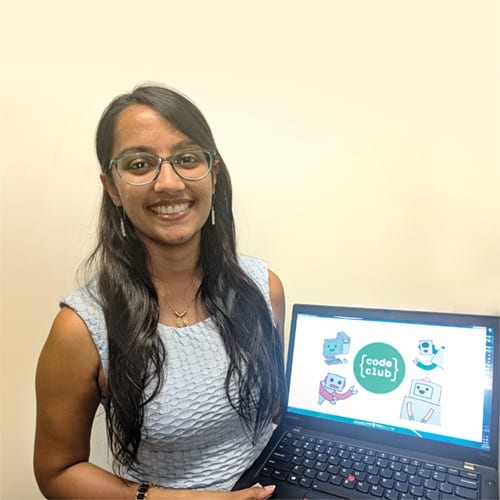Australia’s Most Innovative Engineers 2019 list seeks to raise the profile of engineers and the profession by showcasing the important role they play in problem solving.
Seven women are recognised this year after a record number of women were nominated.
“I was impressed with so many engineers committed to solving the world’s problems through their creativity and hard work in domains ranging from energy to materials to biotechnology,” said Australia’s Most Innovative Engineers judge Stephanie Moroz. “Sharing these achievements will hopefully inspire others to follow up on their own unique ideas to build a healthier and more sustainable future.”
Here are the 7 women included on Engineers Australia’s 2019 list:
Building and Construction
Amelia Milne: A Zero Carbon Harmony
Milne was instrumental in the building of the Melbourne Conservatorium of Music at the Ian Potter Southbank Centre. The conservatorium is zero-carbon, has no gas connection and is 100% electric.
Milne lead the Aurecon team contracted for the project and was successful in keeping greenhouse gas emissions low while still relying on Victoria’s carbon intensive electricity grid. She achieved this by using four-pipe air source heat pumps with simultaneous heating and cooling. This offered the lowest life-cycle cost.
Community
Professor Jie Lu: Fuzzy Machine-learning Systems
Professor Jie Lu is a researcher in fuzzy machine learning and data engineering. She has successfully integrated fuzzy systems into machine learning and data engineering to solve machine learning under data uncertainty, insufficiency and ever-changing data-stream settings, reducing decision-making blindness. Lu’s pioneering research launched a new methodology and provided a guideline for data engineers to respond to situations involving fast-changing, insufficiently labelled and uncertain data.
Electronics and Communications
Shruti Nirantar: Air-metal Nonoelectronics
Shruti Nirantar has created a virtual vacuum that uses air as an electron transport medium. Her technology sends electrons through thin air, travelling unimpeded as if in empty space. This way, air-channel transistors are able to work at the maximum possible speed and with higher efficiency. According to Nirantar, this eliminates the use of conventional semiconductors, which are reaching their physical and operational limit. Her work underpins innovation in electronic engineering.
Manufacturing and Automation
Dr Kate Fox: Diamond Implants
RMIT University Associated Professor Dr Kate Fox has developed diamond 3D-printed medical implants. This innovation is believed to be a world first. The implants are usually made of titanium which has a surface oxide layer that makes it inert and also prevents it form bonding with hard tissue. The search for long-term implants brought Fox to diamond, which she hopes is the holy grail of biomedical implant engineering. Her diamond implant technology has garnered considerable international attention and publicity.
Research and Academia
Dr Xiaojing (Jeana) Hao: World Record Kesterite Cells
Associate Professor Xiaojing Hao is at the international forefront of the field of kesterite photovoltaics. Between 2016 and 2018, Hao and her team set four new world records for kesterite solar cell efficiency. Her breakthroughs represent major advances in the development of solar cells that are flexible, low-cost and non-toxic. Hao has secured $17 million in external competitive funding, and she was awarded the ARENA research fellowship in 2011 and an ARC DECRA in 2016.
Utilities
Saskya Hunter: Aqualab by GHD Digital
The water industry is being driven to adopt digital solutions to achieve optimised performance and improved customer service and GHD Digital Solutions Lead Saskya Hunter is at the forefront. AquaLAB was created to foster collaboration and develop digital solutions to solve problems that have broad water industry impact. Hunter’s contribution to AquaLAB has been instrumental in navigating the path from innovative concept to viable initiative. Hunter has fleshed out technical solutions, developed an operating model and set the cultural tone for her team.
Young Engineers
Sophiya Patel: The Future is in Your Hands
Sophiya Patel established the Docklands Code Club in Melbourne in 2016, pursuing her passion for teaching children about engineering. Patel is the lead facilitator and organiser at the club that helps children enjoy engineering while developing problem-solving and computational skills by encouraging them to think critically.
“Coding is key to how our digital world will work,” she said.
“Though we are unlikely to see the immediate benefits to running such clubs, it is making the children ready to tackle the problems of the future.”

